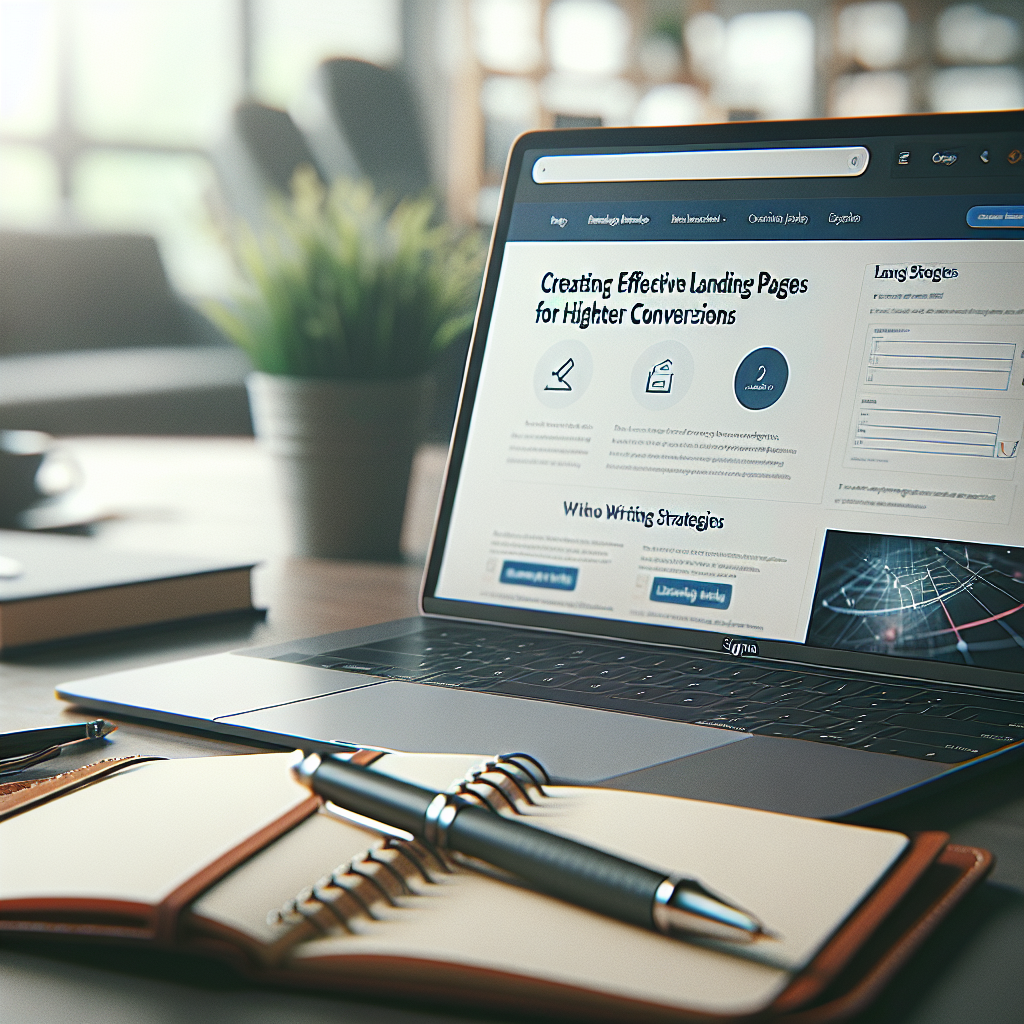Creating effective landing pages is a crucial element of any digital marketing strategy. These specialized web pages are designed to drive conversions by guiding visitors toward a specific action. In this article, we will explore the essentials of incorporating landing pages into your digital marketing method, highlighting their purpose, optimal design practices, and how to leverage data for continuous improvement.
Understanding the Purpose of Landing Pages
Landing pages serve a distinct purpose within digital marketing campaigns. Unlike standard web pages that might contain various links and information, landing pages focus on a single objective. This could be collecting email addresses, promoting a product, or encouraging sign-ups for a webinar.
- Conversion Focused: Every element on a landing page should contribute to its primary goal. Having a clear call-to-action (CTA) is vital. This may be a button that reads “Sign Up Now” or “Get Your Free eBook.”
- Targeted Messaging: Tailoring the content to resonate with your specific audience helps build rapport and encourages visitors to engage with the page. A/B testing different messages can provide insights into what works effectively.
By understanding the unique role that landing pages play, marketers can create more effective campaigns aimed at achieving measurable results.
Designing High-Converting Landing Pages
The design of your landing page is just as important as the content. A well-structured landing page grabs attention and facilitates user engagement. Here are key design principles to follow:
- Simplicity is Key: An uncluttered design helps keep the visitor’s focus on the call-to-action. Avoid excessive text and unnecessary visuals.
- Mobile Optimization: With an increasing number of users accessing the internet via mobile devices, ensuring your landing page is responsive is non-negotiable. Make sure buttons are tappable and text is readable on smaller screens.
- Trust Elements: Adding testimonials, trust badges, or security seals can greatly enhance credibility. Visitors are more likely to convert if they feel secure about their action.
By adhering to these design principles, marketers can create aesthetically pleasing and functional landing pages that drive higher conversion rates.
Leveraging Data for Continuous Improvement
Once your landing page is live, the work does not stop there. Continuous optimization is the key to long-term success. Monitor your landing page’s performance using analytics tools to gather data on visitor behavior.
- Analyze Traffic Sources: Understand where your visitors are coming from and which channels deliver the most conversions. This information can inform where to invest more resources.
- Monitor Engagement Metrics: Track metrics such as bounce rates, average time on page, and click-through rates to see how visitors interact with your landing page. High bounce rates may indicate the need for adjustments to your messaging or design.
- A/B Testing: Employ A/B testing to experiment with different headlines, visuals, and CTAs. Based on the results, make informed decisions to enhance your landing page.
By leveraging data effectively, marketers can ensure that their landing pages remain relevant and continue to drive conversions over time.
Incorporating landing pages into your digital marketing strategy can significantly impact your campaign’s effectiveness. By understanding their purpose, optimizing design, and using data for continuous improvement, you will enhance user experience and increase conversions. Begin implementing these strategies today to transform how your audience interacts with your brand.


